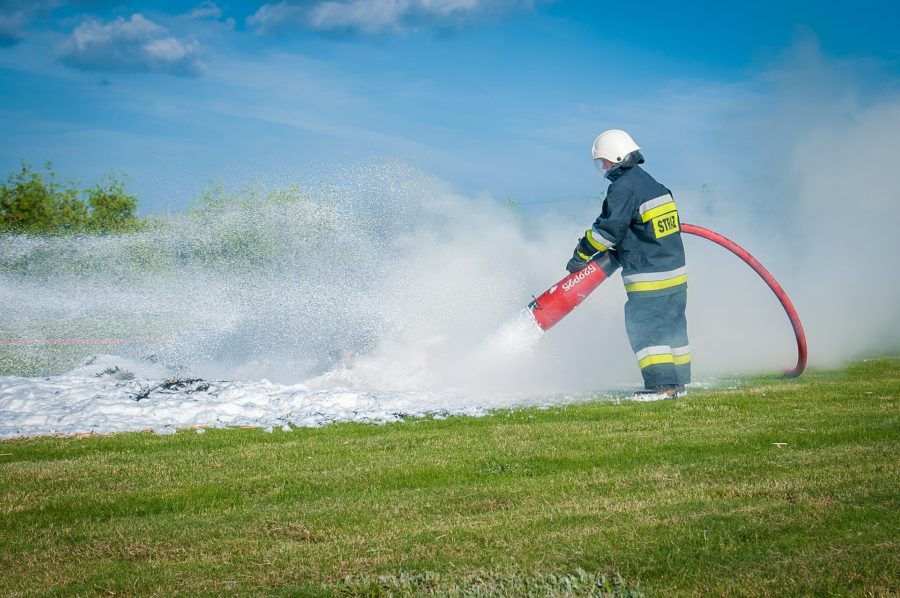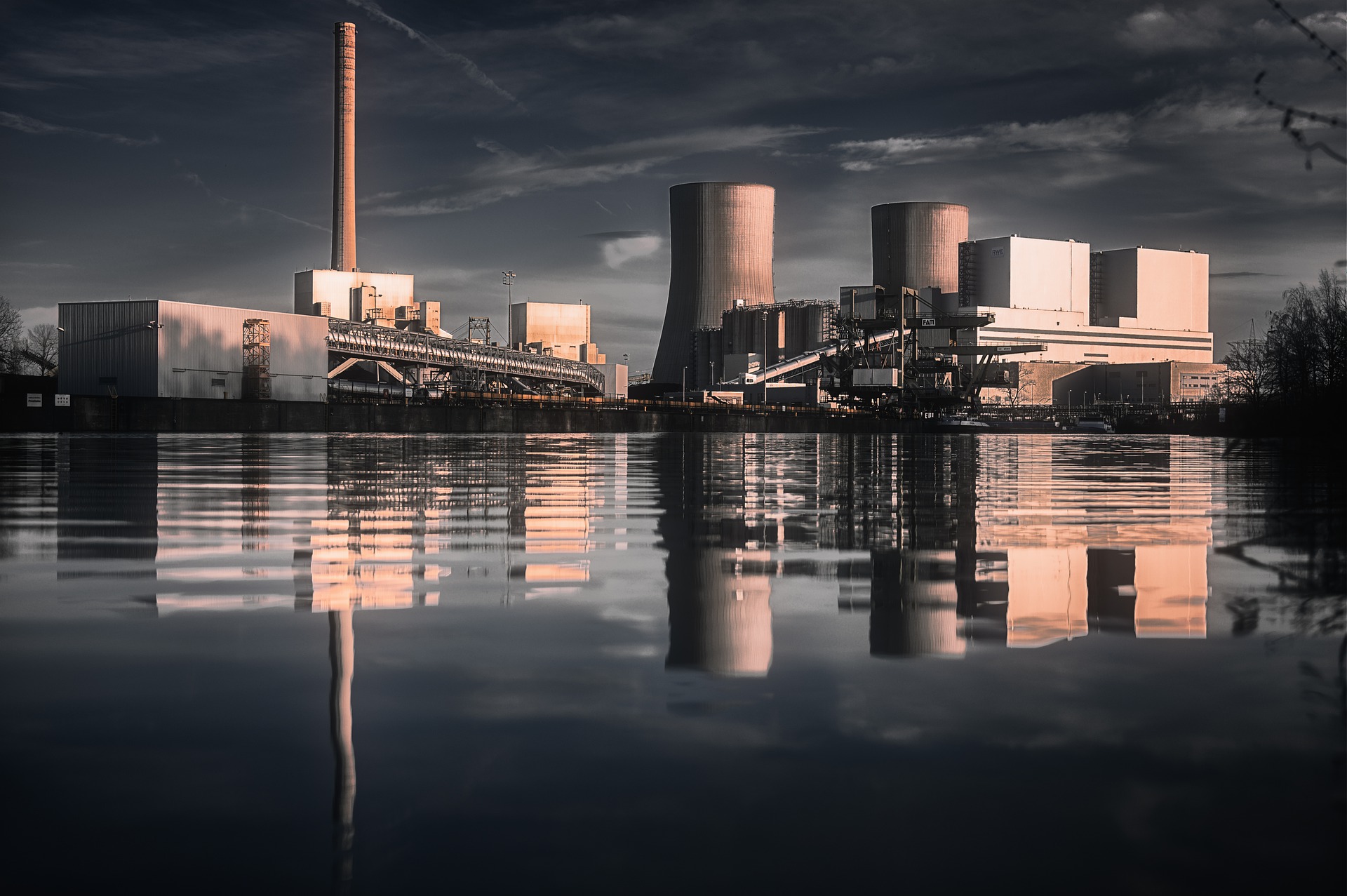What do pizza boxes, non-stick pans, make-up, firefighting foam, water-repelling clothing, and fast-food packaging all have in common? A simple, four-letter word: PFAS.[1] Per- and polyfluoroalkyl substances (PFAS) have been around for decades, appear in a vast variety of industries around the globe, and pose a substantial risk to human health and the environment.[2] Worst of all, they rarely degrade.[3] For this reason, they have been dubbed by the scientific community “forever chemicals.”[4]
PFAS is an umbrella term for a group of thousands of man-made chemicals characterized by their ability to repel water, grease, dirt, and oil.[5] PFAS are chains of one of the strongest chemical bonds in nature, which do not easily break down under natural conditions.[6] This has far reaching implications that are not readily apparent. When the rest of a product that contains PFAS breaks down, you are left with tiny remnants of forever chemicals. But where do they go and what happens to them?









